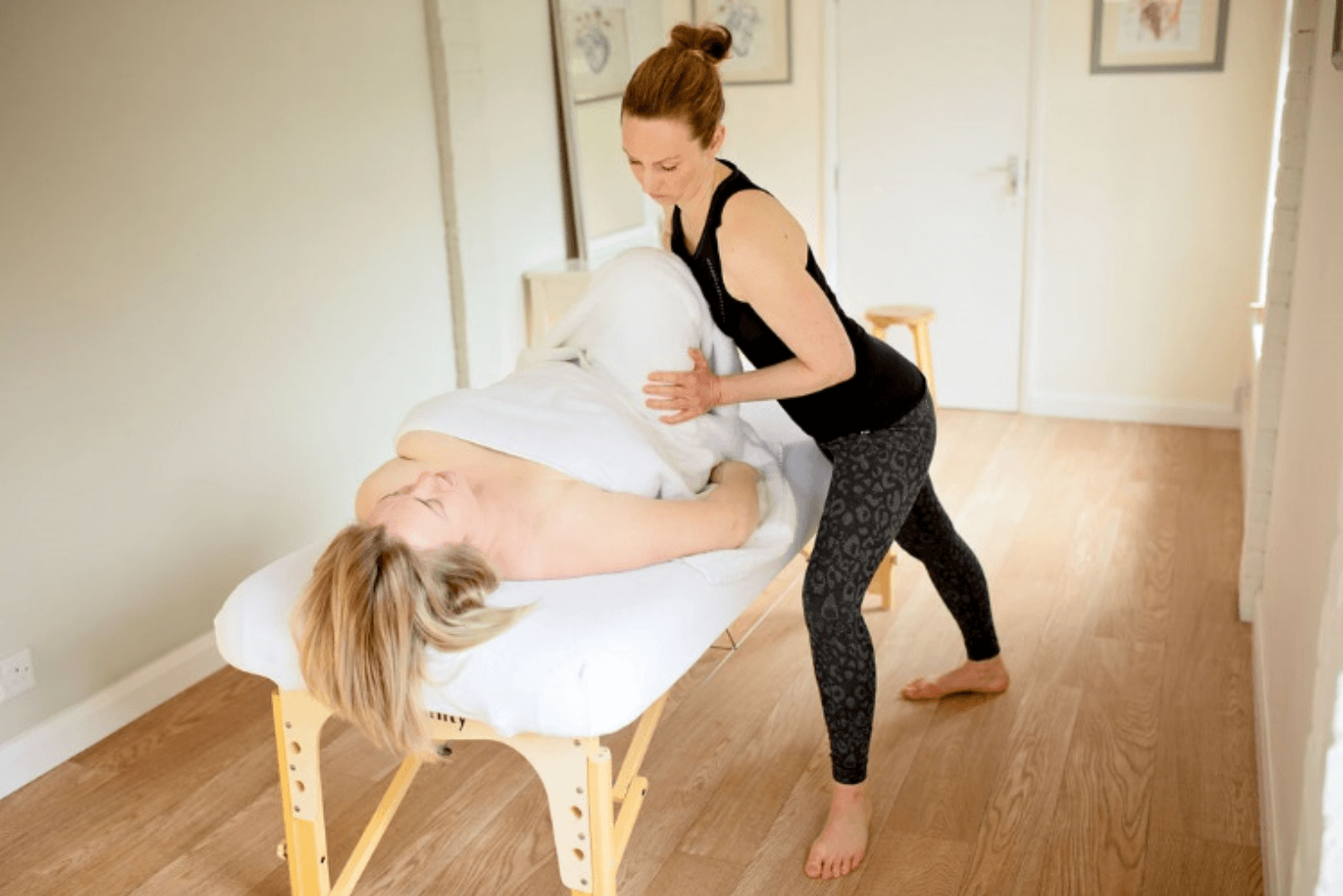
The Difference Between Sports Massage and ‘Normal’ Massage – And Why a Good Sports Massage (or Clinical Massage) Shouldn’t Be Painful
When most people hear “sports massage,” they assume it’s strictly for athletes — and a rather intense, possibly painful experience at that. But here’s the truth: sports massage, or what I prefer to call clinical massage, is for everyone, not just those with a sporting lifestyle. And perhaps more surprisingly, a good sports massage doesn’t need to be painful to be effective.
Let’s dive into what sets a clinical massage apart from a typical relaxation massage, and why sports massage doesn’t have to involve any teeth-gritting moments.
First, let’s define what most people think of as a ‘normal’ massage, typically meaning a Swedish or relaxation massage. This type of massage is all about helping you unwind and reducing stress. With techniques like long strokes, gentle kneading, and rhythmic movements, it’s designed to ease you into a state of deep relaxation. A Swedish massage can boost circulation and reduce mild tension, making it ideal for people looking to de-stress rather than address specific aches or muscle imbalances.
The term ‘sports massage’ suggests something geared solely towards athletes, but in reality, clinical massage can benefit anyone. While sports massages are indeed popular among those with active lifestyles, the methods used are just as useful for non-athletes dealing with muscle tension, aches, or range-of-motion issues. That’s why I refer to myself as a clinical massage therapist — because it’s not about sports; it’s about addressing clinical needs.
Clinical massage is a targeted approach that helps with muscle tension, flexibility, and recovery. It’s a personalised treatment that can relieve pain and support overall mobility, regardless of whether you’re an athlete or simply dealing with everyday muscle tension. Unlike a Swedish massage, a clinical massage focuses on specific areas where tension or stiffness occurs, and uses techniques like stretching, deep-tissue work, and trigger-point therapy. But here’s the key — a well-done clinical massage is effective without causing unnecessary discomfort.
Somewhere along the way, sports massage picked up a reputation for needing to be painful to work. People imagine that intense pressure is necessary, as if enduring discomfort is a sign of effectiveness. But in truth, a painful massage can actually backfire. When a massage is too intense, your muscles can tense up defensively, which isn’t what we’re after.
A proper clinical massage works with the body, not against it. An experienced clinical massage therapist understands how to apply enough pressure to target areas of tension without causing pain. The aim isn’t to grit your teeth through the session but to enjoy an experience that’s tailored to suit your comfort level and specific needs.
Here’s why pain isn’t a prerequisite for a successful clinical massage:
A good clinical massage therapist will work with your comfort levels and be responsive to any sensitive areas. So if you’re considering booking a clinical massage but are worried about pain or intensity, don’t hesitate to talk openly with your therapist. When working with a clinical therapist, there’s no need to ‘tough it out’ — a skilled professional will always listen and adjust techniques to fit your needs.
Whether you’ve only ever experienced ‘normal’ relaxation massages or have never had any type of massage, clinical massage is accessible for all. With its targeted techniques, it can address specific problem areas, relieve pain, and improve your quality of life without any extreme pressure.
While clinical massage may have started in the world of sports, it’s now for everyone — and it doesn’t have to be painful. Think of it as an effective, tailored approach to wellness that’s about you and your body’s needs. Whether you’re looking to improve flexibility, reduce muscle tension, or simply feel better day-to-day, clinical massage is about working with your body, not against it.
Next time you book a ‘sports massage,’ know that it’s not about ‘no pain, no gain.’ Instead, look forward to a comfortable, effective session that leaves you feeling genuinely better — with all the benefits of a clinical massage, tailored just for you.